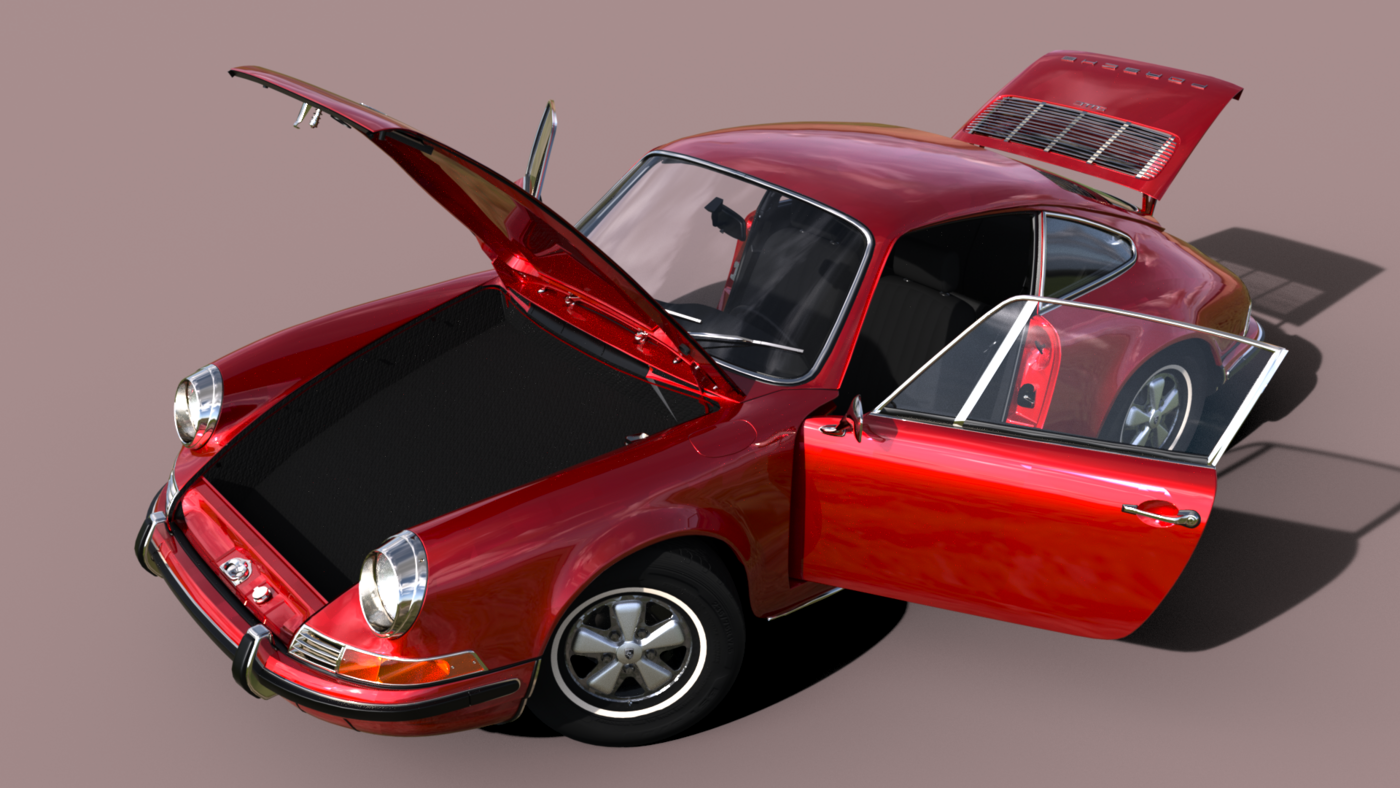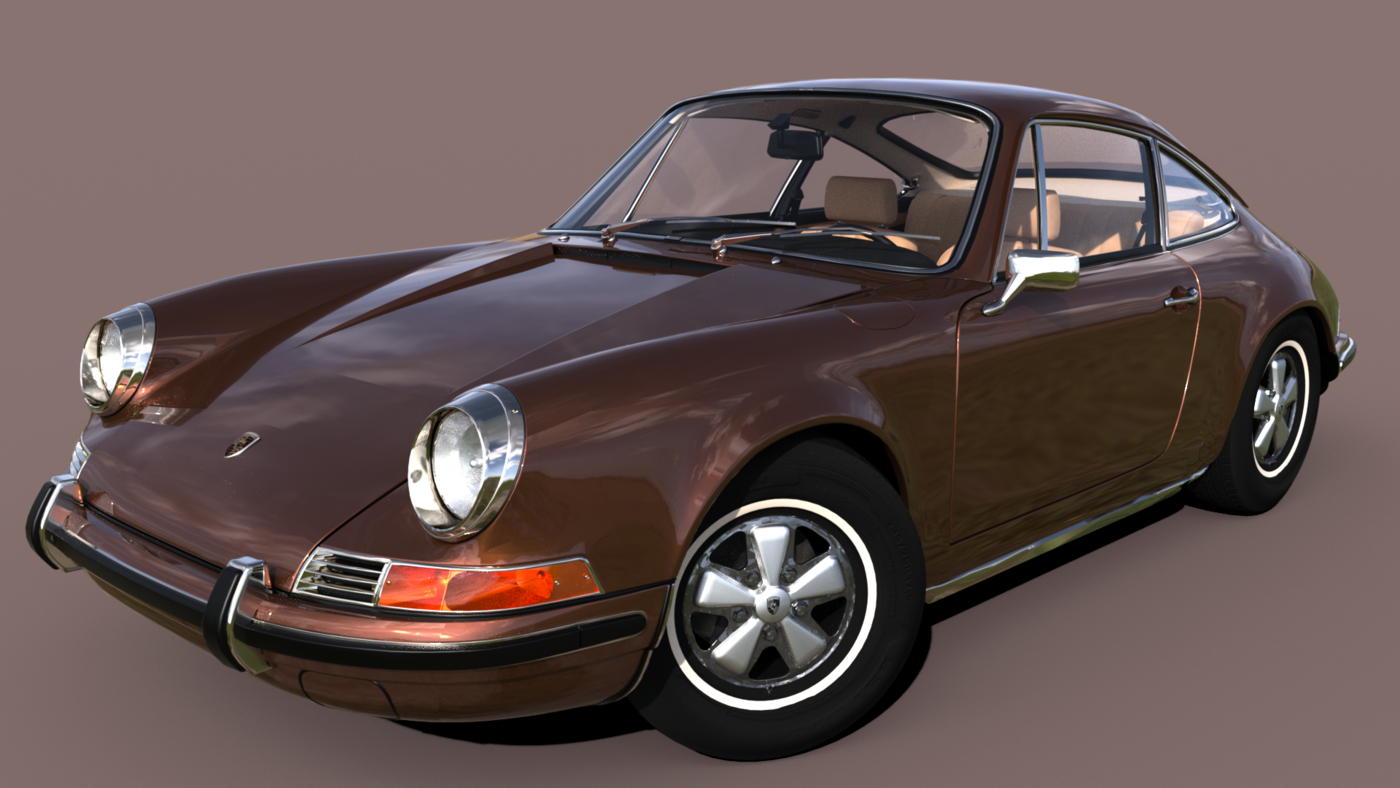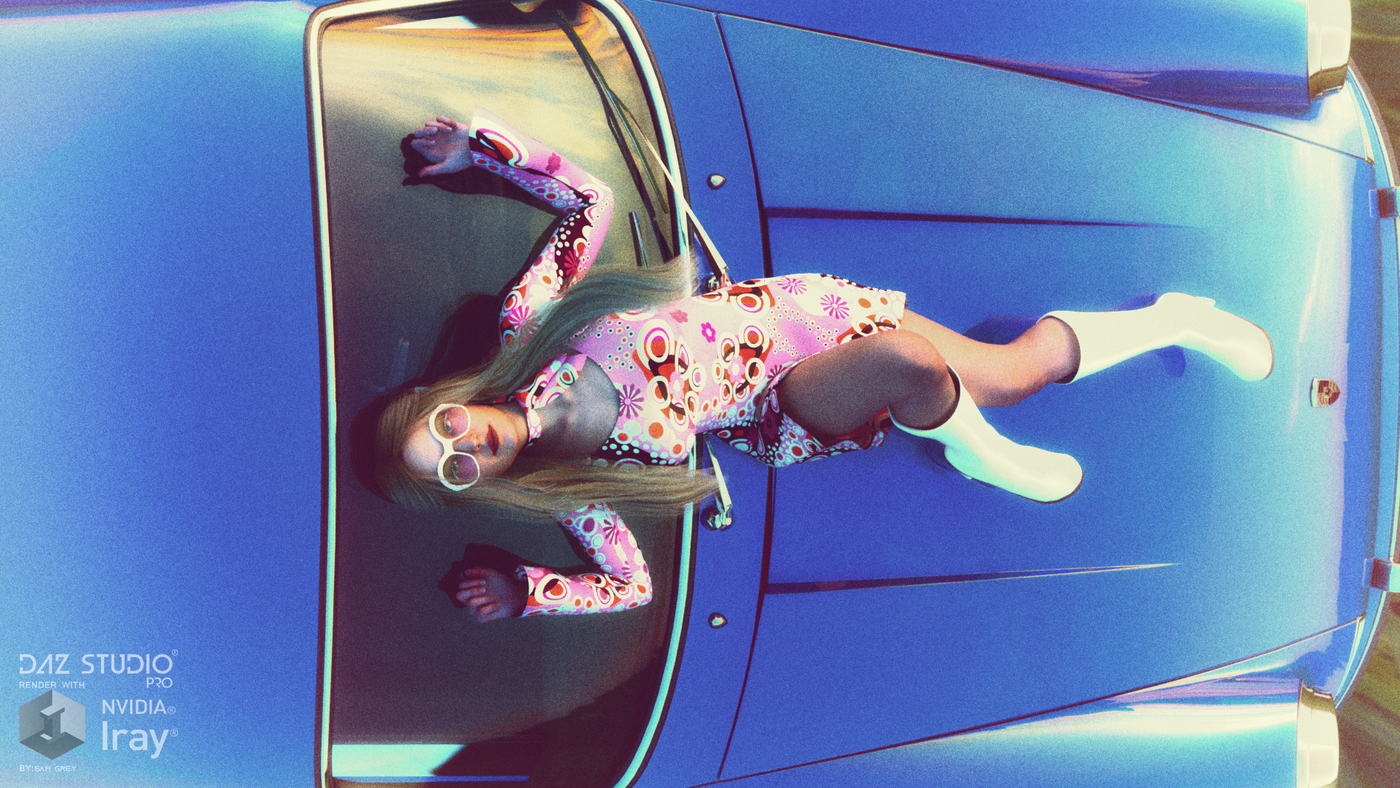Porsche 911 1969
































The Porsche 911 (pronounced Nine Eleven or in German: Neunelf) is a two-door 2+2 high performance rear-engined sports car introduced in September 1964 by Porsche AG of Stuttgart, Germany. It has a rear-mounted flat-six engine and originally a torsion bar suspension. The car has been continuously enhanced through the years but the basic concept has remained unchanged. The engines were air-cooled until the introduction of the 996 series in 1998.
The 911 has been raced extensively by private and factory teams, in a variety of classes. It is among the most successful competition cars. In the mid-1970s, the naturally aspirated 911 Carrera RSR won world championship races including Targa Florio and the 24 Hours of Daytona. The 911-derived 935 turbo also won the 24 Hours of Le Mans in 1979. Porsche won the World Championship for Makes in 1976, 1977, 1978, and 1979 with 911-derived models.
In a 1999 poll to determine the Car of the Century, the 911 was fifth. It is one of two in the top five that had remained continuously in production (the original Beetle remained in production until 2003). The one millionth example was manufactured in May 2017 and is in the company's permanent collection.
The 911 traces its roots to sketches drawn by Ferdinand "Butzi" Porsche in 1959. The Porsche 911 was developed as a more powerful, larger and a more comfortable replacement for the 356, the company's first model. The new car made its public debut at the 1963 Frankfurt Motor Show(German: Internationale Automobil-Ausstellung). The car was developed with the proof-of-concept twin-fan Type 745 flat-six engine, but the car presented at the auto show had a non-operational mockup of the single-fan 901 engine, receiving a working unit in February 1964.
It originally was designated as the "Porsche 901" (901 being its internal project number). A total of 82 cars were built as which were badged as 901s. However, French automobile manufacturer Peugeot protested on the grounds that in France it had exclusive rights to car names formed by three numbers with a zero in the middle. Instead of selling the new model with a different name in France, Porsche changed the name to 911. Internally, the cars' part numbers carried on the prefix 901 for years. Production began in September 1964,with the first 911s exported to the US in February 1965.
The first models of the 911 had a rear-mounted 130 hp (97 kW)[1] Type 901/01 flat-6 engine, in the "boxer" configuration like the 356, the engine is air-cooled and displaces 1,991 cc (2.0 L) as compared to the 356's four-cylinder, 1,582 cc (1.6 L) unit. The car had four seats although the rear seats were small, thus it is usually called a 2+2 rather than a four-seater (the 356 was also a 2+2). A four or five-speed "Type 901" manual transmission was available. The styling was largely penned by Ferdinand "Butzi" Porsche, son of Ferdinand "Ferry" Porsche. Butzi Porsche initially came up with a notchback design with proper space for seating two rear passengers but Ferry Porsche insisted that the 356's successor was to use its fastback styling. 7 prototypes were built based on Butzi Porsche's original design and were internally called the Porsche 754 T7.Erwin Komenda, the leader of the Porsche car body construction department who initially objected, was also involved later in the design.
Production of the 356 ended in 1965, but there was still a market for a 4-cylinder car, particularly in the US. The 912, introduced in the same year, served as a direct replacement, offering the de-tuned version of 356 SC's 4-cylinder, 1,582 cc (1.6 L), 90 hp (67 kW; 91 PS) boxer four Type 616/36 engine inside the 911 bodywork with Type 901 four-speed manual transmission (a 5-speed manual transmission was optional).
In 1966, Porsche introduced the more powerful 911S with Type 901/02 engine having a power output of 160 PS (118 kW; 158 hp). Forged aluminium alloy wheels from Fuchsfelge, with a 5-spoke design, were offered for the first time. In motorsport at the same time, the engine was developed into the Type 901/20 and was installed in the mid-engine 904 and 906 with an increased power output of 210 PS (154 kW; 207 hp), as well as fuel injected Type 901/21 installed in later variants of the 906 and 910 with a power output of 220 PS (162 kW; 217 hp).
In August 1967, the A series went into production with dual brake circuits and widened (5.5J-15) wheels still fitted with Pirelli Cinturato tyres, and the previously standard gasoline-burning heater became optional. The Targa (meaning "plate" in Italian[12]) version was introduced. The Targa had a stainless steel-clad roll bar, as automakers believed that proposed rollover safety requirements by the US National Highway Traffic Safety Administration (NHTSA) would make it difficult for fully open convertibles to meet regulations for sale in the US, an important market for the 911. The name "Targa" came from the Targa Florio sports car road race in Sicily, Italy in which Porsche had several victories until 1973. The last win in the subsequently discontinued event was scored with a 911 Carrera RS against prototypes entered by Ferrari and Alfa Romeo. The road-going Targa was equipped with a removable roof panel and a removable plastic rear window (although a fixed glass version was offered from 1968).
The 110 PS (81 kW; 110 hp) 911T was also launched in 1967 with Type 901/03 engine. The 130 PS (96 kW; 128 hp) model was renamed the 911L with Type 901/06 engine and ventilated front disc brakes. The brakes had been introduced on the previous 911S. The 911R with 901/22 engine had a limited production (20 in all), as this was a lightweight racing version with thin fiberglass reinforced plastic doors, a magnesium crankcase, twin overhead camshafts, and a power output of 210 PS (154 kW; 207 hp).
A clutchless semi-automatic Sportomatic model, composed of a torque converter, an automatic clutch, and the four-speed transmission was added in Autumn 1967. It was canceled after the 1980 model year partly because of the elimination of a forward gear to make it a three-speed.
The B series went into production in August 1968, replacing the 911L model with 911E with fuel injection. It remained in production until July 1969. The 911E gained wider tires on 6J-15 wheels.
The C series was introduced in August 1969 with an enlarged 2.2-litre engine (84 mm bore x 66 mm stroke). The wheelbase for all 911 and 912 models was increased from 2,211–2,268 mm (87.0–89.3 in), to help as a remedy to the car's nervous handling at the limit. The overall length of the car did not change, but the rear wheels were relocated further back. Fuel injection arrived for the 911S (901/10 engine) and for a new middle model, 911E (901/09 engine).
The D series was produced from Aug. 1970 to July 1971. The 2.2-litre 911E (C and D series) had lower power output of the 911/01 engine (155 PS (114 kW; 153 hp) at 6,200 rpm) compared to the 911S's Type 911/02 (180 PS (132 kW; 178 hp) at 6,500 rpm), but 911E was quicker in acceleration up to 160 km/h (99 mph).





Comments